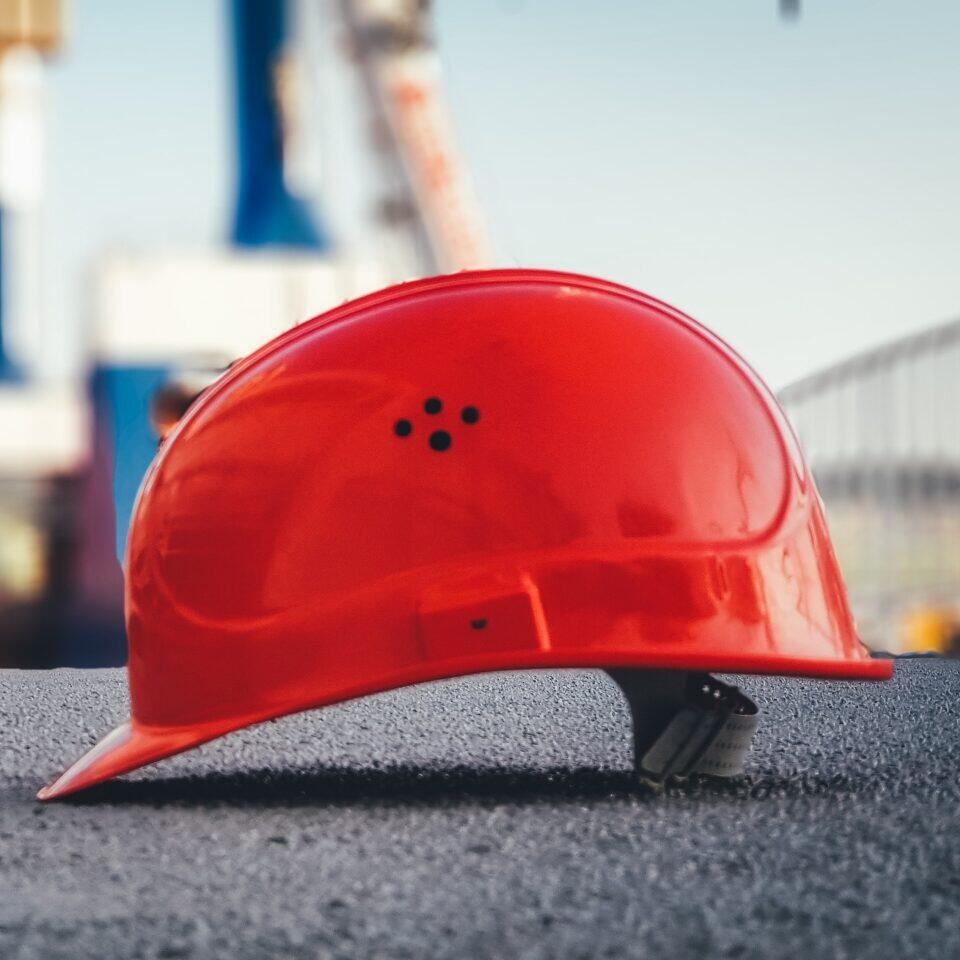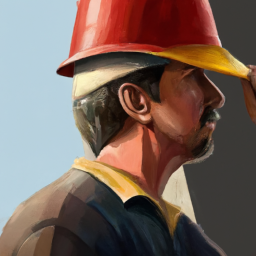Last Updated on May 24, 2023
In the construction industry, injuries are a common occurrence. From falls to electrocution, the risks are many, and the consequences can be severe. That’s why it’s crucial to report any construction injuries promptly and accurately. Doing so not only helps workers protect their rights but also ensures that they receive the compensation they need to recover and return to work.
The Importance of Reporting Construction Injuries for Workers’ Comp
Why Report Construction Injuries?
Here are some of the benefits of reporting construction injuries:
- Receive compensation for medical expenses and lost wages: Reporting the injury as soon as possible can help workers access the medical care and treatment they need to recover. It can also ensure that they receive compensation for any missed workdays.
- Receive treatment for injuries and access rehabilitation services: Workers’ comp can cover the cost of medical treatment, including rehabilitation services, physical therapy, and other necessary treatments to help workers recover.
- Protect their jobs from being terminated due to injury: Reporting the injury can help workers protect their job security. Employers cannot terminate a worker for reporting a work-related injury.
- Help prevent similar accidents from happening in the future: Reporting injuries helps employers identify safety hazards and take corrective action to prevent similar accidents from happening in the future.
How to Report Construction Injuries
Reporting construction injuries involves taking the following steps:
- Seek immediate medical attention for any injuries: If you’ve been injured on the job, the first step is to seek medical attention. Even if the injury seems minor, it’s essential to get it checked out by a healthcare professional.
- Notify your employer of the injury as soon as possible: You must report the injury to your employer within a specific time frame, usually within 30 days. Failure to do so may result in a loss of benefits.
- Complete any necessary forms or paperwork for workers’ comp: Your employer will provide you with the necessary forms to file a workers’ comp claim. Make sure to fill them out completely and accurately.
- Follow up with your employer and insurance company to ensure that your claim is being processed in a timely manner: Keep in touch with your employer and insurance company to ensure that your claim is being processed promptly.
Common Construction Injuries
Here are some of the most common construction injuries:
- Falls from heights: Falls are a leading cause of injury and death in the construction industry.
- Electrocution: Workers who come into contact with live electrical wires or equipment can suffer electrocution injuries.
- Struck-by injuries: Workers can suffer injuries from being hit by falling objects, swinging equipment, or vehicles on the construction site.
- Caught-between injuries: Workers can suffer injuries when they are caught between two objects, such as heavy machinery or equipment.
- Repetitive motion injuries: Workers can suffer injuries from doing the same motion repeatedly, such as using a jackhammer or other vibrating tools.
- Hearing loss: Workers can suffer hearing loss from exposure to loud noise levels on the construction site.
- Respiratory diseases: Workers can develop respiratory diseases from exposure to airborne particles, such as dust or asbestos.
Preventing Construction Injuries
Preventing construction injuries is crucial for maintaining a safe work environment. Here are some ways to prevent construction injuries:
- Follow all safety guidelines and regulations: Employers must follow all safety guidelines and regulations to ensure that workers are protected on the job.
- Wear appropriate personal protective equipment: Workers should wear appropriate personal protective equipment, such as hard hats, safety glasses, and gloves, to protect themselves from injury.
- Properly maintain equipment and tools: Employers must ensure that all equipment and tools are properly maintained to prevent accidents.
- Train workers on safe work practices and procedures: Employers should provide training to workers on safe work practices and procedures to prevent accidents.
- Conduct regular safety audits and inspections: Employers should conduct regular safety audits and inspections to identify potential hazards and take corrective action to prevent accidents.
Conclusion
Reporting construction injuries is a necessary step for protecting workers’ rights and ensuring that they receive the compensation and treatment they need to recover. By following the steps outlined in this article, workers can protect their job security and help prevent similar accidents from happening in the future.
Free Legal Advice for Injured Construction Workers
If you’ve been injured on the job, don’t hesitate to seek legal advice to ensure that you receive the compensation and benefits you’re entitled to under the law? Call us at 844–682‑0999 now.

